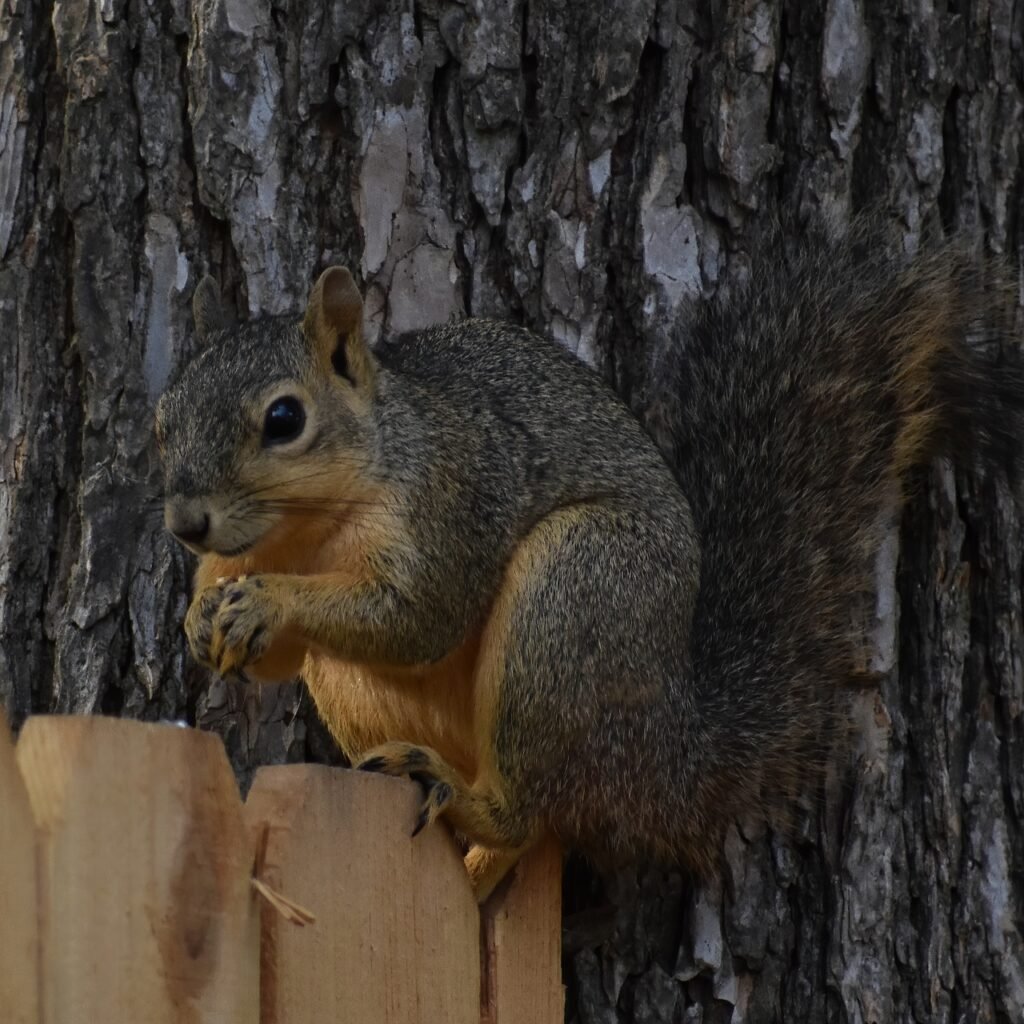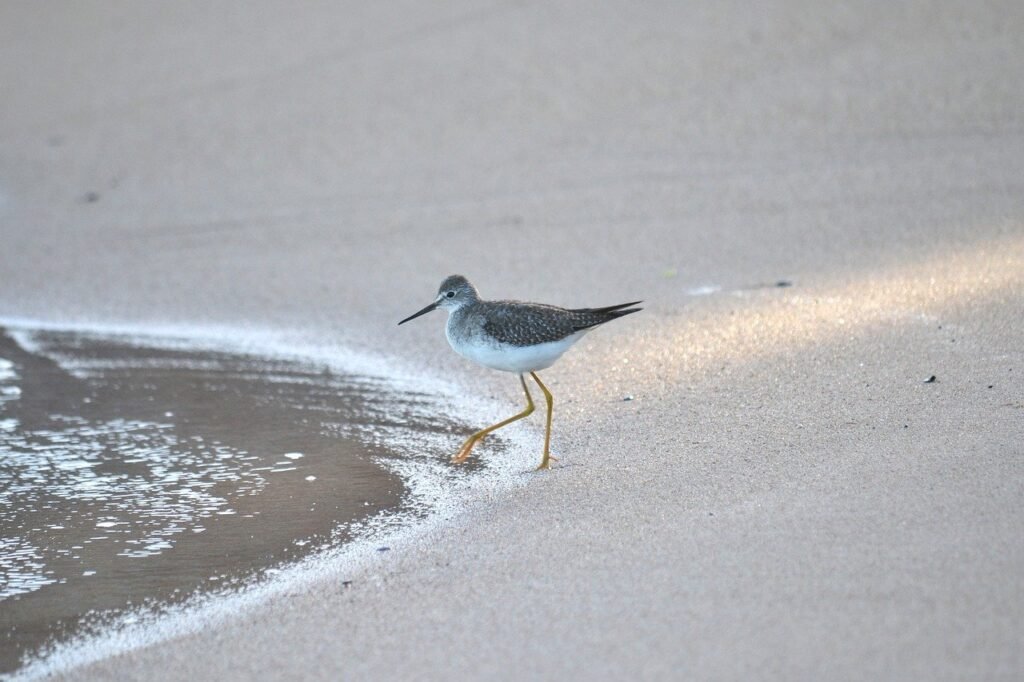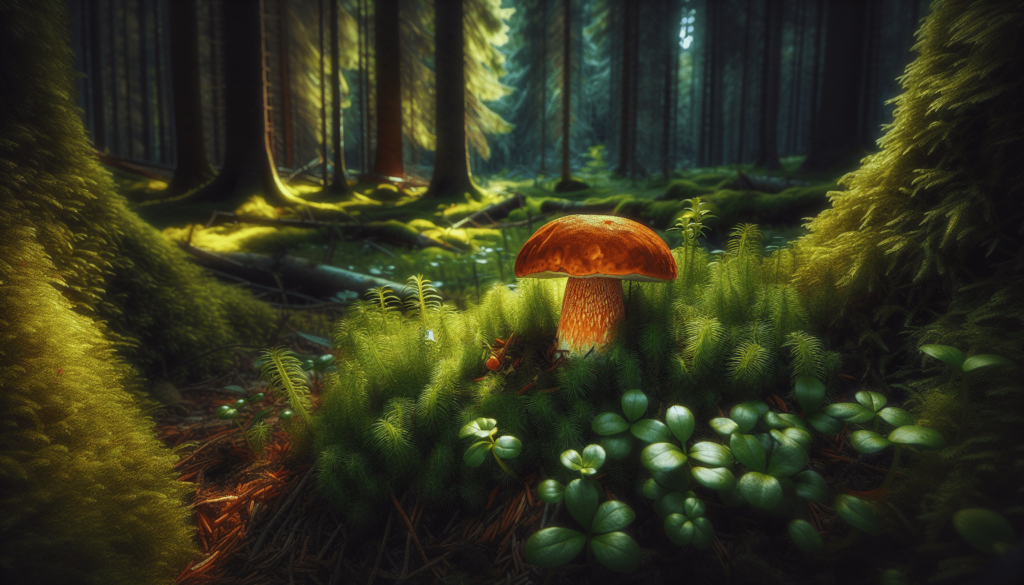Embark on an enchanting journey through Eastern Europe’s pristine woodlands with “Wild Mushroom Foraging In Eastern Europe’s Untouched Forests.” In this guide, you’ll discover some of the most verdant and picturesque spots ideal for finding a variety of wild mushrooms, learn about the unique climatic and ecological factors that make these forests a haven for mushroom enthusiasts, and receive essential tips for safe and sustainable foraging. Uncover the rich culinary and medicinal uses of the harvest and connect with the vibrant communities that celebrate the art of foraging. With engaging narratives and expert insights, this article is your gateway to exploring the magical world of mushroom foraging in one of the most ecologically diverse regions of the globe. Have you ever wondered what it would be like to explore the untouched forests of Eastern Europe, with their ancient trees, enchanting wildlife, and the incredible biodiversity hidden within? Specifically, have you considered the thrill and richness of foraging for wild mushrooms in these pristine landscapes? If so, you are in for a treat! Let’s dive into the fascinating world of wild mushroom foraging in Eastern Europe’s untouched forests, offering you everything from regional insights and safety guidelines to foraging techniques and the cultural significance of this time-honored activity.

Regional Spotlights in Eastern Europe
Poland: Białowieża Forest
Białowieża Forest, straddling the border between Poland and Belarus, is one of the last and largest remaining parts of the primeval forest that once covered much of Europe. Known for its biodiversity, this UNESCO World Heritage Site is a mushroom forager’s paradise.
- Best Season: Late summer to early autumn (August to October).
- Notable Species: Boletus edulis (King Bolete), Cantharellus cibarius (Chanterelle), and Amanita muscaria.
Czech Republic: Šumava National Park
Šumava National Park, located along the Czech-German border, is renowned for its deep forests, vast peat bogs, and serene alpine meadows, making it an excellent destination for mushroom foraging.
- Best Season: Summer to early autumn (July to September).
- Notable Species: Suillellus luridus (Lurid Bolete), Russula cyanoxantha (Charcoal Burner), and Lactarius deliciosus (Saffron Milk Cap).
Romania: Carpathian Mountains
The Carpathian Mountains in Romania offer diverse habitats ranging from dense woodlands to alpine meadows. The combination of rich soils and humid climate creates a fertile ground for a variety of mushrooms.
- Best Season: Late spring to autumn (May to October).
- Notable Species: Sparassis crispa (Cauliflower Fungus), Morchella esculenta (Morel), and Tricholoma matsutake.
Seasonal Guides: When to Forage
Understanding the seasonality of mushrooms is crucial for a successful foraging adventure.
| Season | Typical Mushrooms | Regions |
|---|---|---|
| Spring | Morels | Carpathian Mountains (Romania) |
| Summer | Chanterelles, Saffron Milk Caps | Šumava National Park (Czech Republic) |
| Autumn | King Boletes, Fly Agarics | Białowieża Forest (Poland) |
Spring Foraging
Spring is synonymous with the emergence of coveted morel mushrooms. These elusive fungi appear as the earth warms, often thriving in the rich, damp soils of the Carpathian Mountains. Keep an eye out for their distinctive honeycomb caps nestled among fallen leaves and decaying wood.
Summer Foraging
As the days grow longer, the dense forests of Šumava come alive with golden chanterelles and the distinctive saffron milk caps. These mushrooms flourish during the warm, rainy days of summer, making foraging excursions as verdant and abundant as the season itself.
Autumn Foraging
Autumn is undoubtedly the prime time for mushroom foraging. The Białowieża Forest transforms into a mycological wonderland, with king boletes and the iconic fly agarics dotting the woodland floor. This season brings a bountiful harvest, reflecting the lush and vibrant hues of the fall landscape.
Safety and Ethics of Foraging
Safe Identification
One of the most important aspects of foraging is safe identification. While mushrooms can be an exciting find, many species are toxic and can pose serious health risks.
- Use Guidebooks: Always carry a reliable guidebook specific to the region you’re foraging in.
- Join a Group: If you’re a beginner, join a local foraging group or workshop led by experienced mycologists.
Leave No Trace
Foraging is a wonderful way to connect with nature, but it’s crucial to leave the forest as you found it.
- Minimal Impact: Only take what you need, ensuring enough mushrooms are left to propagate.
- Respect Wildlife: Avoid disturbing animal habitats and tread lightly on the forest floor.
- Legal Considerations: Always be aware of and comply with local foraging laws and regulations.
Foraging Techniques and Tools
Essential Gear
Being well-prepared can make your foraging experience both enjoyable and productive. Here’s a list of basic tools you might need:
- Foraging Basket: A wicker basket allows mushrooms to breathe, preventing them from becoming crumpled or soggy.
- Pocketknife: For cutting mushrooms at the base, reducing damage to the mycelium.
- Field Guide: A regional field guide for mushroom identification.
- App: Download a reliable mushroom identification app for quick reference.
Foraging Tips
- Identify Before Picking: Always positively identify a mushroom before picking it.
- Look Under Trees: Many mushrooms grow in symbiosis with certain tree species.
- Note the Habitat: Pay attention to the surrounding flora, as certain mushrooms prefer specific environments.

Culinary and Medicinal Uses
Culinary Delights
Eastern Europe boasts rich culinary traditions that incorporate wild mushrooms, known for their unique flavors and textures.
- Polish Mushroom Soup: Known as “Zupa Grzybowa,” this hearty soup typically features a mix of dried and fresh mushrooms, creating a robust, earthy flavor.
- Romanian Mushroom Stew: Packed with fresh mushrooms, garlic, and sour cream, this stew is a comforting dish, especially on chilly autumn evenings.
- Czech Fried Mushrooms: Often prepared with lightly breaded and fried wild mushrooms, these make for a delectable snack or side dish.
Medicinal Properties
Wild mushrooms are not only culinary treasures but also hold significant medicinal properties.
- Polypore Mushrooms: Such as Fomitopsis betulinus, found in Eastern European forests, have been used in traditional medicine for their anti-inflammatory and immune-boosting properties.
- Chaga: This fungus, typically found on birch trees, is renowned for its potential antioxidant properties and is often used in teas and extracts.
Community and Culture
Festivals and Gatherings
Mushroom foraging is more than a solitary pursuit; it’s a communal activity that brings people together.
- Poland’s Mushroom Holidays: Celebrated during peak foraging season, these events often include workshops, cooking demonstrations, and guided foraging tours.
- Czech Republic’s Mycological Societies: These societies often host educational walks and talks, providing a platform for both novices and experts to share their knowledge and experiences.
Workshops and Foraging Groups
Joining a local foraging group or workshop can enhance your learning experience and connect you with fellow enthusiasts.
- Romanian Foraging Expeditions: Organized tours that offer an immersive experience, combining foraging with cultural and ecological education.
- Polish Mycology Conferences: These events bring together scientists, foragers, and the general public to discuss the latest in mushroom research and conservation.

Conservation and Sustainability
Ecological Importance
Mushrooms play a crucial role in forest ecosystems, serving as decomposers, symbionts, and food sources for wildlife.
- Soil Health: By breaking down organic matter, mushrooms contribute to nutrient cycling and soil health.
- Plant Symbiosis: Many tree species rely on mycorrhizal relationships with fungi for nutrient uptake.
Sustainable Practices
To ensure that the forests continue to thrive and future generations can enjoy foraging, it’s essential to follow sustainable practices.
- Rotating Foraging Spots: Avoid overharvesting in one area by rotating your foraging locations.
- Educating Others: Share knowledge about responsible foraging with fellow enthusiasts and new foragers to promote conservation.
Engaging Narratives and Personal Stories
Forager’s Tale: Maria from Romania
Maria, a seasoned forager from the Carpathian region, shares her personal experiences:
“Every spring, I eagerly await the arrival of morels. There’s a particular grove down the mountain where they appear like clockwork. Over the years, I’ve come to know this forest intimately—the specific scents, the slight changes in the soil, and the way the light filters through the trees. Each foraging trip is like a conversation with nature, one where you come to realize how interconnected everything is.”
Mycologist’s Insight: Dr. Jan from Poland
Dr. Jan, a mycologist specializing in European fungi, offers his professional perspective:
“Białowieża Forest is truly a mycological wonder. I’ve spent years studying the fungi here, and I’m still discovering species new to science. The relationship between mushrooms and the forest is incredibly intricate. Educating foragers about this complexity is vital to ensuring these ecosystems remain undisturbed.”

Conclusion
Eastern Europe’s untouched forests offer a rich, rewarding experience for both novice and seasoned mushroom foragers. From the ancient Białowieża Forest in Poland to the serene Šumava National Park in the Czech Republic and the biodiverse Carpathian Mountains in Romania, each region presents its unique blend of natural beauty, abundant mushroom species, and cultural practices. By understanding the best times to forage, adhering to safety and ethical guidelines, employing effective foraging techniques, and appreciating the culinary and medicinal uses of wild mushrooms, you can embark on a foraging journey that’s not only fruitful but also respectful of these incredible ecosystems.
So, are you ready to explore the enchanting world of wild mushroom foraging in Eastern Europe? Pack your basket, equip yourself with knowledge, and step into these pristine forests with a sense of wonder and reverence. Happy foraging!
